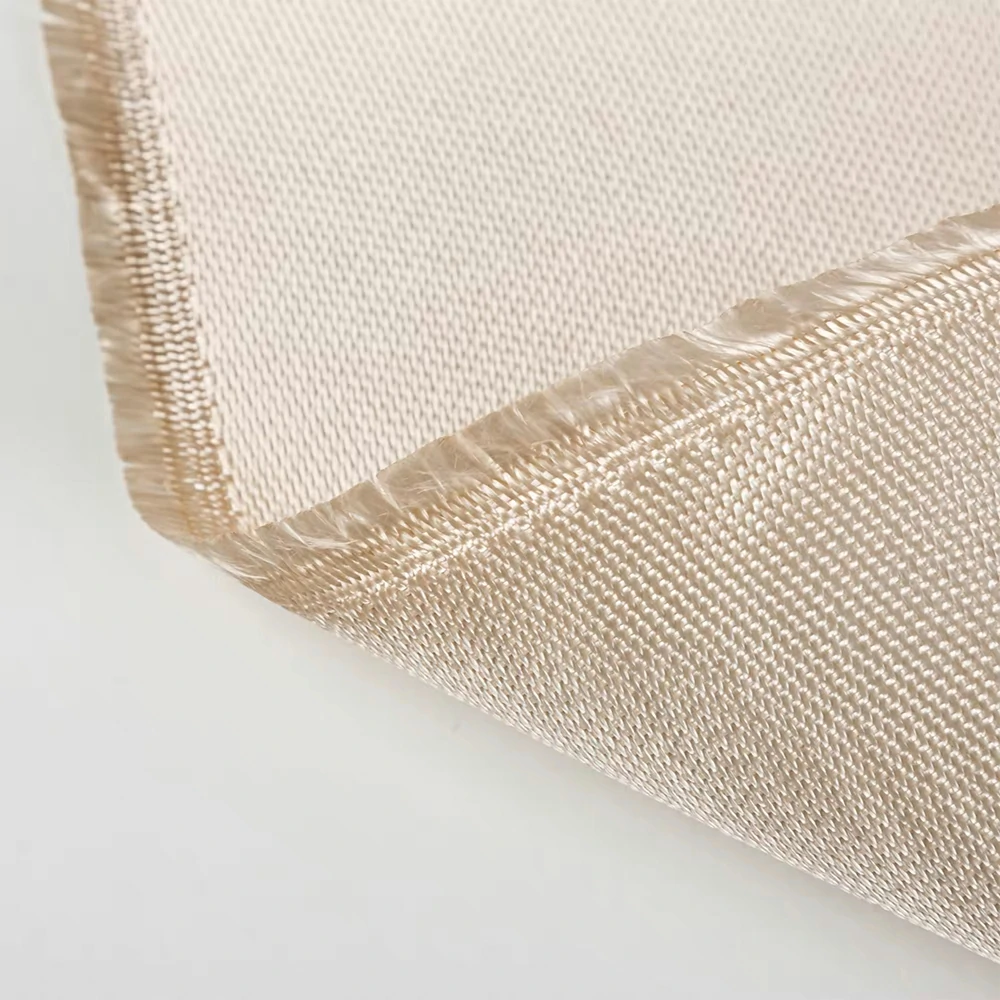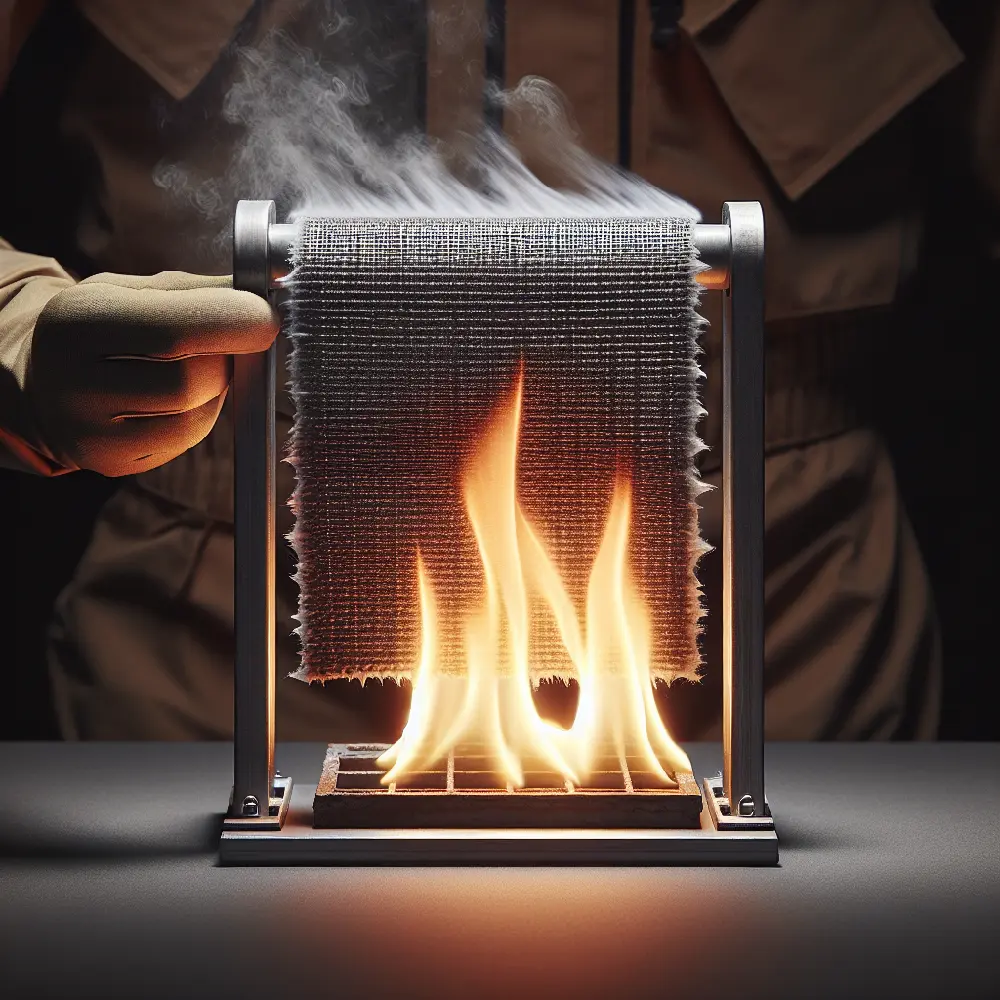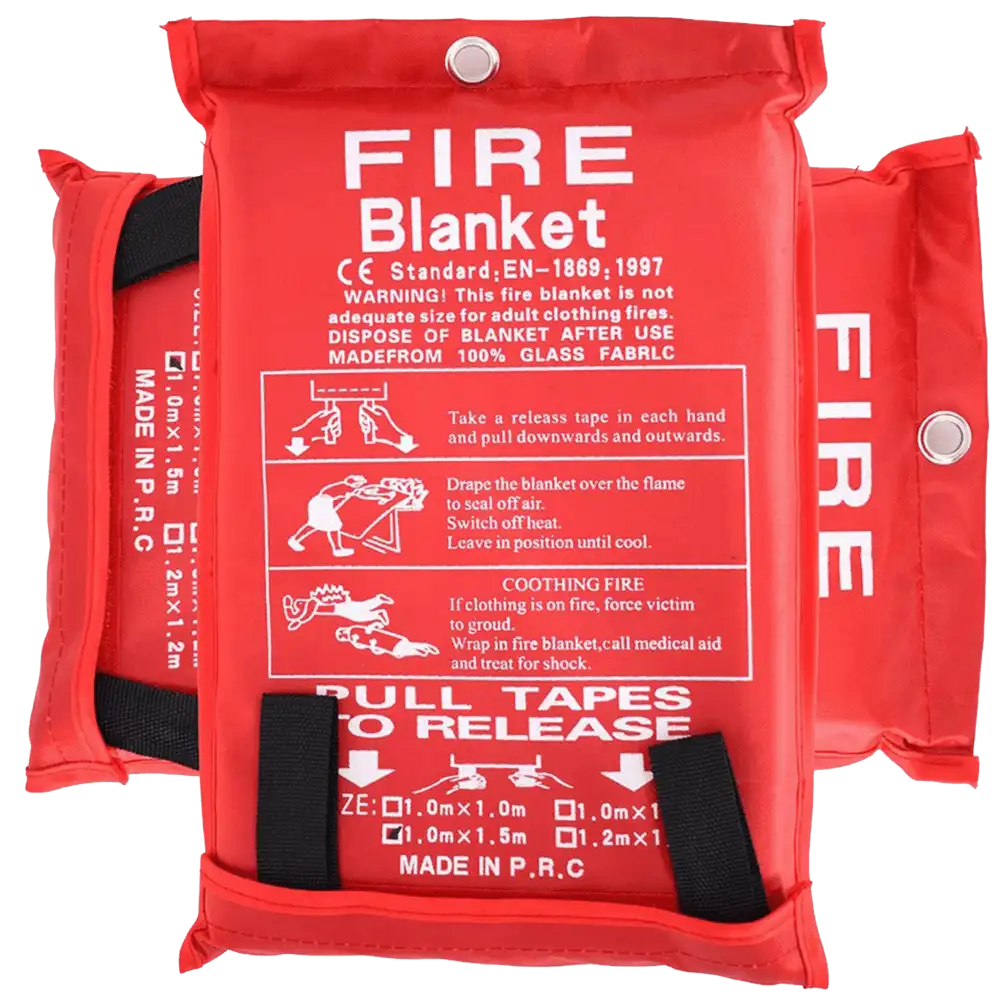When it comes to heat resistant fabrics, selecting the perfect material for various applications is crucial. Industries and individuals rely on flame-resistant materials, fibers, and fire-resistant clothing to ensure protection and safety in extreme temperatures.
This article will delve into some of the most effective heat resistant fabrics, including silicone glass fiber fabric, aluminum foil glass fiber fabric, high silica fabric, and Kevlar fabric. Whether you need resistant clothing for professional use or want to understand the capabilities of these materials in withstanding high temperatures, we've got you covered.

Silicone glass fiber fabric is a top contender among heat and flame resistant fabrics. Combining the strength and durability of glass fibers with silicone's flexibility and heat resistance, this material can endure extreme conditions and high temperatures. Commonly used in aerospace, automotive, and electrical industries, silicone glass fiber fabric is also used in fire-resistant clothing for firefighters and other professionals working in harsh environments. The silicone coating provides excellent water and chemical resistance, making it versatile for various applications.

Aluminum foil glass fiber fabric is another heat resistant material that merges the thermal properties of aluminum with the strength and flexibility of glass fibers.
This fabric is designed to reflect radiant heat, making it ideal for insulation and heat shielding applications. Often used in automotive, aerospace, and industrial settings, aluminum foil glass fiber fabric protects sensitive components from extreme temperatures. Additionally, it offers excellent flame resistance and is frequently utilized in fire resistant clothing and protective gear.

Comprising 96% silica, high silica fabric is a heat resistant material capable of withstanding temperatures up to 2300°F (1260°C). This fabric exhibits remarkable resistance to heat and flame, making it perfect for fire resistant clothing, welding blankets, and fire curtains. Its high silica content makes it incredibly durable and resistant to abrasion, chemicals, and oxidation. Aerospace, automotive, and petrochemical industries often rely on high silica fabric for its unparalleled high-temperature resistance.

Kevlar, a synthetic fabric derived from aramid fibers, is renowned for its impressive strength-to-weight ratio and extraordinary heat resistance. Kevlar fabric can endure temperatures up to 800°F (427°C) and is inherently flame resistant. Widely used in resistant clothing for firefighters, bulletproof vests, and protective gear for law enforcement and military personnel, Kevlar offers exceptional resistance to heat and flame. Although not a natural fiber, Kevlar is a top choice for those seeking protection from extreme temperatures.
Selecting the proper heat resistant fabric depends on the specific application and required level of protection. Silicone glass fiber fabric, aluminum foil glass fiber, high silica fabric, and Kevlar fabric each offer unique properties that render them suitable for various heat and flame resistance applications.
By understanding the characteristics and benefits of these flame retardant fabrics, you can decide on the best material to meet your needs, whether for professional or personal use.
 Top 5 Heat-Resistant Wonders: How High Silica Fiberglass Fabric Excels in Extreme Temperatures!
Top 5 Heat-Resistant Wonders: How High Silica Fiberglass Fabric Excels in Extreme Temperatures!
 Is Kevlar Fireproof? Unveiling the Truth Behind Kevlar's Flame Resistance
Is Kevlar Fireproof? Unveiling the Truth Behind Kevlar's Flame Resistance
 Do Fire Blankets Work? Understanding Their Functionality and Benefits
Do Fire Blankets Work? Understanding Their Functionality and Benefits
 2023, Heaterk's Year-End Recognition Meeting!
2023, Heaterk's Year-End Recognition Meeting!